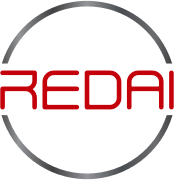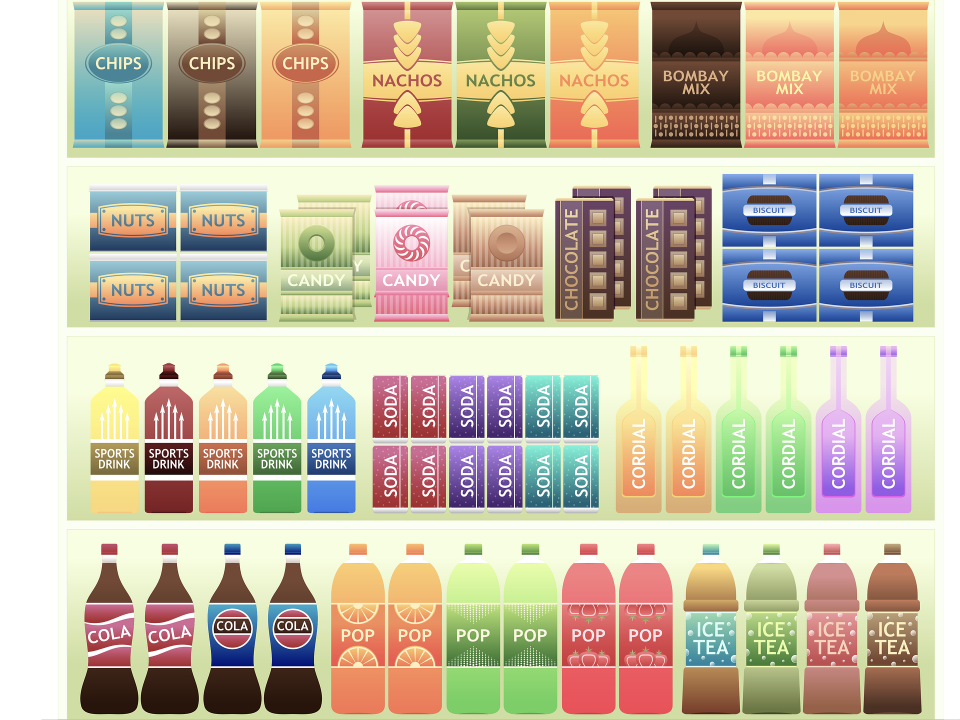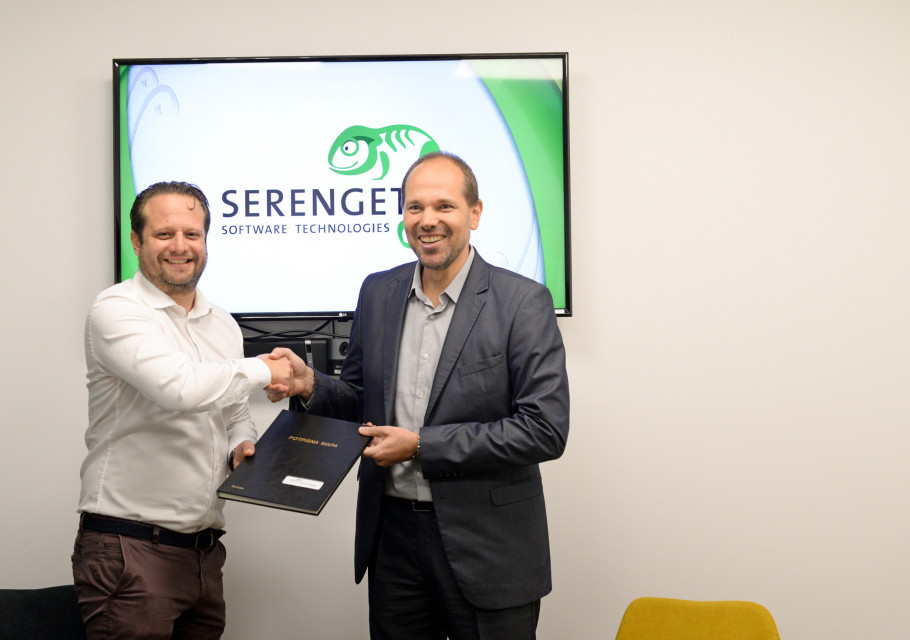
Regardless of this unprecedented situation, it was always challenging to have optimal shelf exposure that will result in the ideal product merchandising tactics. With COVID-19, increased e-commerce usage, and low-profit HoReCa segment, FMCG/CPG companies are meeting the new level of smart decision making.
Almost every single category in the whole FMCG/CPG industry struggles to contribute to overall sales which Nielsen Q addressed in their recent report:
In the U.S., for example, a whopping 83% of SKUs in pet care contribute to less than 2% of overall category sales—pointing to the glut in non-performing products and variations that exist in this category alone. The same can be seen across other key categories, such as household care (79%) and alcohol (78%), showcasing that this is not an isolated incident. Rather, it is an issue that needs to be addressed by the entire global CPG industry.
Baby care, personal care, and pet care are some of the most underperforming categories in Europe’s top five markets( France, Germany, Italy, Spain, United Kingdom). In Brazil, non-alcoholic beverages, food, and home care (86%, 70%, and 63%, respectively) form the top three. Looking at the most underperforming categories in emerging and developing markets, on average, 75% of SKUs contribute to less than 2% of category sales. Beverage, instant noodles, chocolate, and detergent are some of the most underperforming categories in the region’s top 15 markets(Russia, Singapore, Thailand, India, Indonesia, Turkey, UAE, Saudi Arabia, Greece, Malaysia, Australia, Hong Kong, China, Vietnam, Philippines) .
With all challenges mentioned above, what is also changing is consumer behavior. Now, there are four distinct consumer groups: newly constrained, existing constrained, cautiously insulated, and unrestricted insulated consumers. All of these consumers are still visiting brick-and-mortar retail stores but not so often as they used to and with not the same purchasing habits. This is an obvious sign that FMCG/CPG companies need to invest maximal effort in general optimization of shelf space if they want to get the most attention of remaining shoppers.
How to do this process fast and qualitatively?
It is key timing to make effective decisions and REDAI app can help FMCG/CPG companies to do that.
REDAI app can detect, classify and control all SKUs that are placed on shelves in real-time, including the ones from competition. Besides SKU recognition, the app can also detect price tags, do planogram compliance, warn about occurred mismatches and generate planograms on the spot. This part is done by computer vision, but there is another important component that relates to the existing dilemma of lagging CPG categories: big data analytics. Using all available metadata the app automatically generates KPIs and custom-made reports which are necessary for the management of a company to make smart decisions towards every retail store and every type of exposure. With the availability of historical data, management can do comparisons and improve shelf tactics so every single category in Retail can grow.




